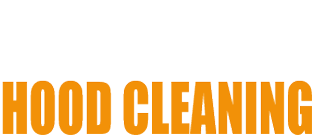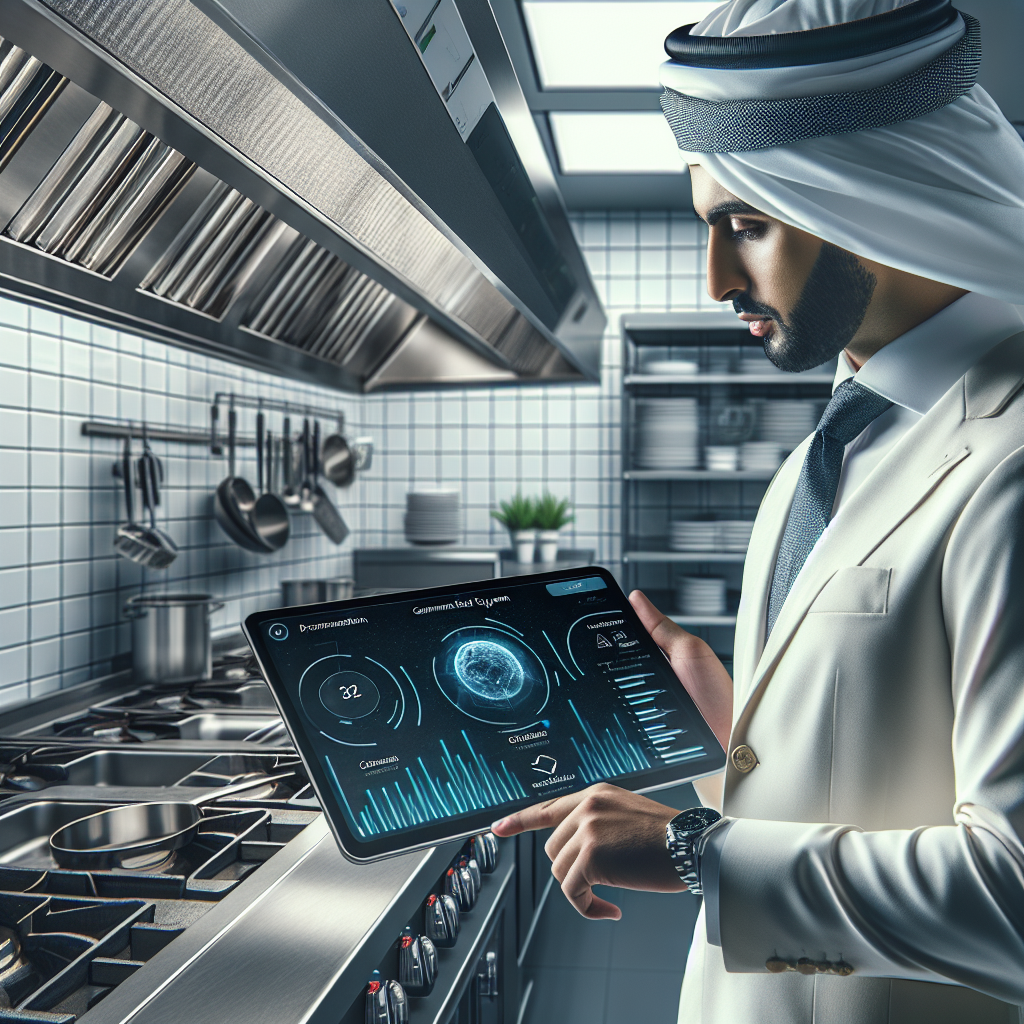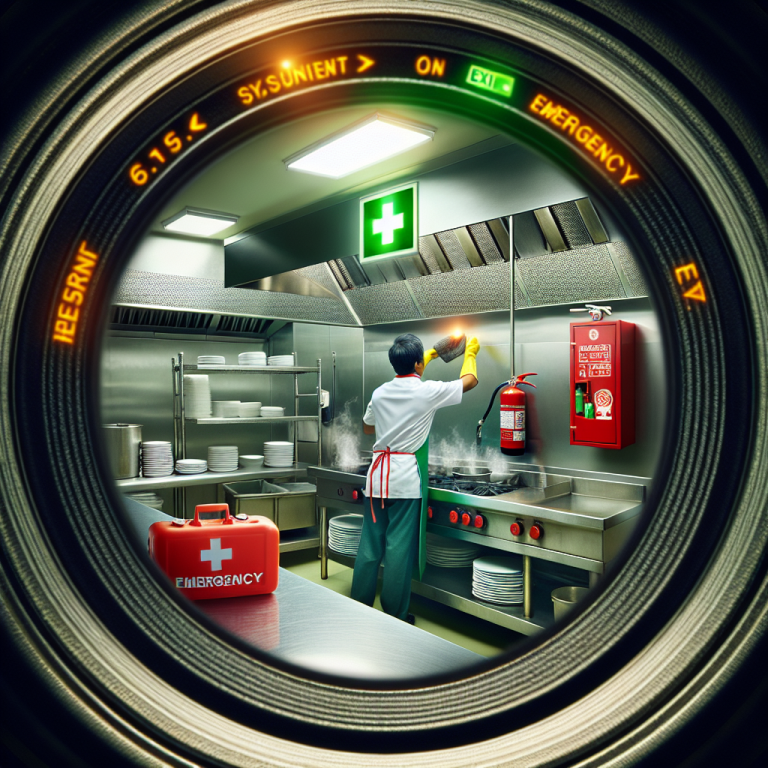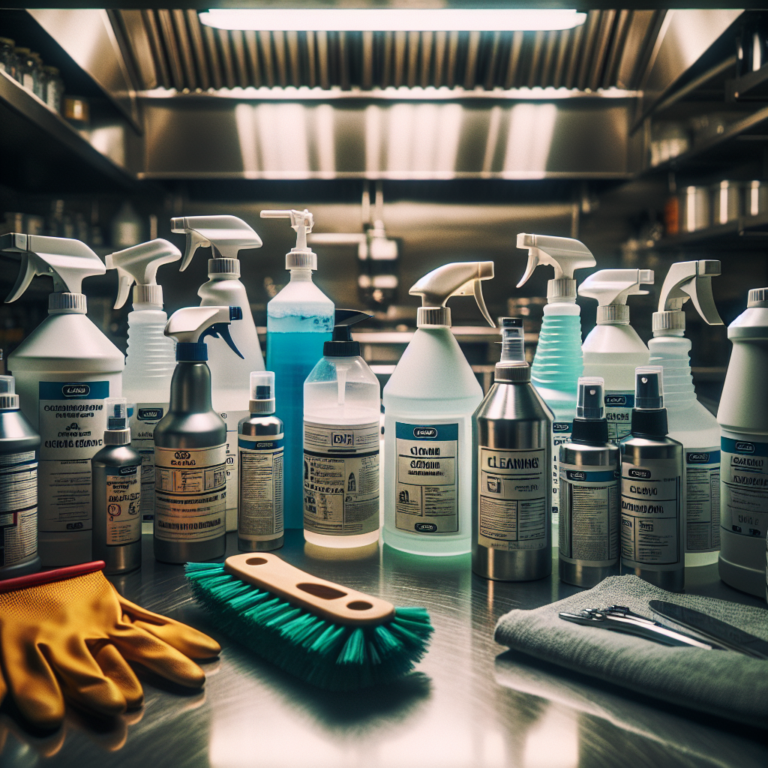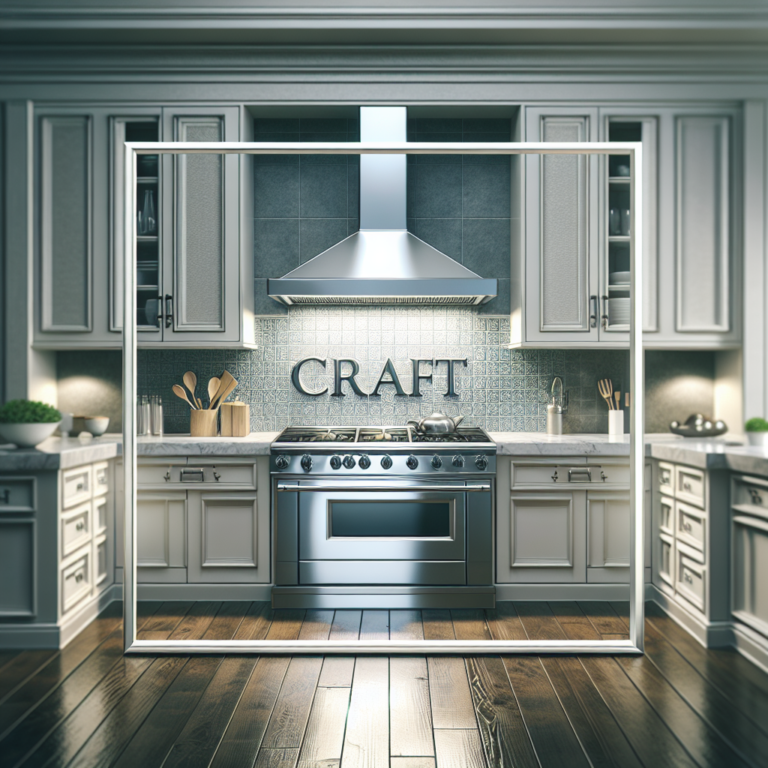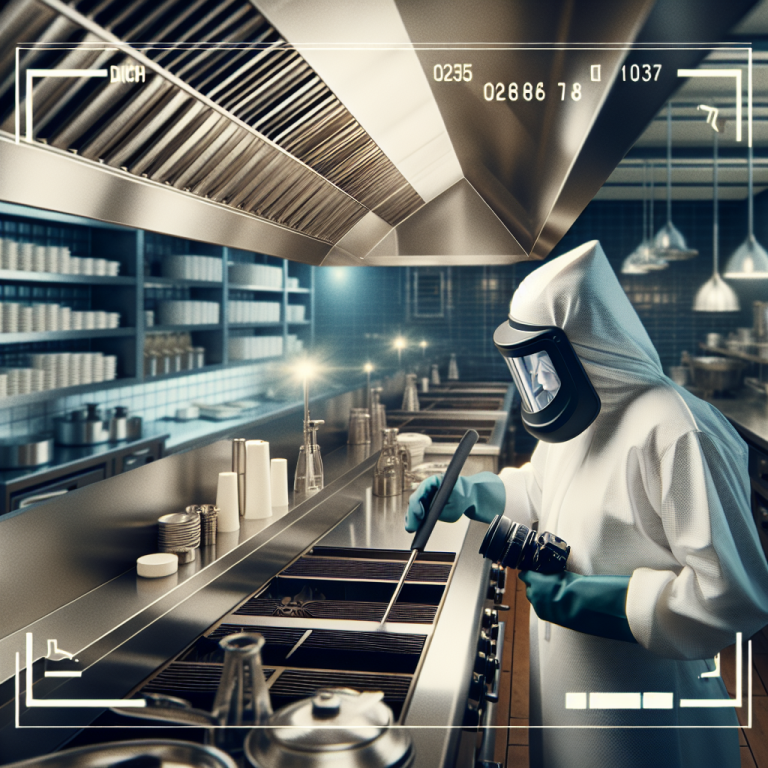Enhance Hood Cleaning Efficiency with Innovative Remote Monitoring Systems
Rethinking Hood Cleaning: Enter Remote Monitoring Systems
In the bustling world of commercial kitchens, where sizzling pans, boiling pots, and perpetually running ovens meet every imaginable form of culinary artistry, ensuring safety and efficiency is paramount. Amidst this symphony of activity, one critical element often goes unnoticed—until it becomes a serious issue: restaurant hood cleaning. Enter remote monitoring systems—a technological innovation transforming how we look at hood cleaning in commercial kitchens.
The Bugbear of Every Commercial Kitchen
For the uninitiated, the kitchen exhaust hood is the unsung hero of every commercial cooking space. Its role in filtering smoke, grease, and heat is indispensable, making regular exhaust hood cleaning not just a requirement, but a necessity. Neglecting this crucial task can quickly turn a cozy kitchen into a hazardous fire trap, especially in restaurant-dense urban centers like Denver, where restaurant culture is an integral part of the community fabric.
Hood cleaning ensures that ducts, filters, fans, and the hood itself are free of grease build-up, which can lead to fires and other safety hazards. But with the constant demands of food service, regular cleaning can become an arduous cycle—only to be neglected during peak times or stringent shifts.
Out with the Old, In with the New: Remote Monitoring Systems
Thankfully, remote monitoring systems are riding to the rescue of chefs and kitchen managers worldwide. But what exactly are these systems, and how do they revolutionize commercial kitchen hood cleaning?
To put it simply, remote monitoring systems employ advanced sensors, software, and internet connectivity to provide real-time data on the status of your kitchen’s exhaust hoods. These innovative tech tools watch for grease build-up, air quality changes, and system inefficiencies, all while providing actionable insights for timely intervention.
How Do Remote Monitoring Systems Work?
- The Setup: Sensors are strategically placed across the kitchen space. They monitor air quality, temperature, and humidity levels.
- Data in Real-Time: These sensors transmit data to cloud-based software in real-time, allowing chefs and managers to identify problems before they escalate.
- Alerts and Notifications: Advanced systems can be programmed to send alerts for any anomalies detected, ensuring immediate action is taken before the grill turns into a bonfire.
- Analysis and Reporting: These systems provide detailed reports and analytics, helping kitchens to tweak their cleaning schedules and maintenance routines for peak efficiency.
The Benefits for Denver’s Bustling Kitchens
For commercial kitchens in Denver, where the mountain air often meets the aroma of diverse cuisines, adopting remote monitoring systems for hood cleaning offers numerous advantages. First, there’s the immediate benefit of improved safety, a crucial consideration for any commercial kitchen.
Moreover, these systems are not just safety tools but also efficiency enhancers. By providing real-time data, they allow kitchen managers to streamline the restaurant hood cleaning cycle, focusing resources where they are needed most. This proactive approach not only aids in maintaining optimal working conditions but also prolongs the life of your kitchen equipment.
Not to mention, regular maintenance enabled by these systems helps prevent sudden and costly breakdowns. In Denver’s competitive food scene, minimizing downtime can make the difference between culinary stardom and obscurity.
Cost Efficiency and Savings
- Reduced Maintenance Costs: By identifying problems before they occur, remote monitoring helps reduce unforeseen repair costs.
- Energy Efficiency: An optimally functioning hood system uses less energy, thereby cutting down on utility bills, an essential consideration for budget-conscious kitchen operations.
- Increased Lifespan: Regular monitoring and targeted cleaning extend the lifespan of hood systems, meaning less frequent replacements.
Implementing Remote Monitoring in Your Hood Cleaning Routine
Given the multitude of advantages, it’s no wonder more restaurants are looking to adopt these systems. The shift to incorporating remote monitoring in Denver hood cleaning practices is a game-changer, making it a smart investment for any restaurant serious about maintaining its kitchen environment. Most systems are designed for ease of installation, allowing for a seamless transition without disrupting day-to-day operations.
For Denver restaurateurs, this proactive approach not only represents a step forward in kitchen management but also serves as a marketing touchpoint, highlighting their commitment to safety and hygiene. After all, peace of mind is priceless when it comes to chef safety and customer trust.
The Future of Hood Maintenance Awaits
As we explore new frontiers in technology, it’s evident that remote monitoring systems are not just the future—they’re the present of Denver hood cleaning. They offer a sophisticated, data-driven approach that empowers kitchen staff, enhances safety, and promotes operational efficiency.
If you’re ready to take your hood cleaning to the next level, there’s no better time than now to invest in remote monitoring solutions. Whether your concern lies in fire prevention, cost savings, or just staying ahead of the curve, these systems offer a comprehensive solution that addresses all facets of commercial kitchen hood cleaning.
Simply put, in a city as dynamic and fast-paced as Denver, being equipped with the latest in exhaust hood cleaning technology isn’t just about keeping up—it’s about leading the pack.
